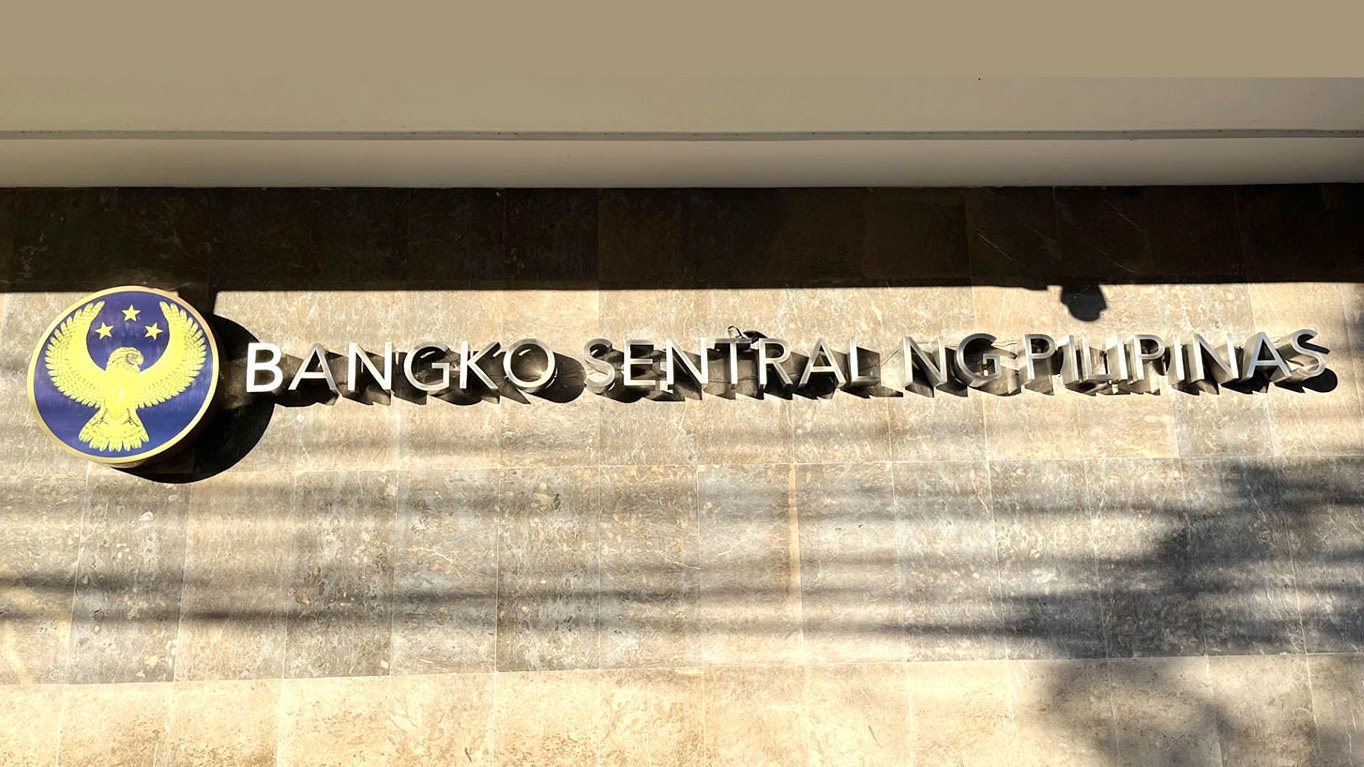
RICE price shocks will lead to persistent second-round effects, while oil price shocks will directly affect the market’s inflation expectations, the Bangko Sentral ng Pilipinas (BSP) said.
In its February monetary policy report, the BSP delivered an analysis of direct and second-round effects of supply shocks to oil and food prices on the various measures of inflation as well as inflation expectations.
The central bank defined direct effects as the impact of shocks on either food or energy headline inflation, while second-round effects reflect the overall impact of shocks to core inflation.
“A 1% increase in global food inflation is found to have a significant and persistent direct impact on non-core food inflation but minimal second-round effects with the impact on core inflation being insignificant over the horizon,” the central bank said.
“By contrast, the impact of a 1% increase in domestic rice prices leads to significant second-round effects that appear by the third month and persist for a year with a peak of 0.11 percentage points (ppt) on the 10th month,” it said.
The Philippine Statistics Authority estimated rice inflation at 22.6% in January from 19.6% in December. This is the highest reading in nearly 15 years, or since the 22.9% posted in March 2009.
The average price of regular-milled rice rose 2.4% to P49.65 per kilo month-on-month in January. It also rose 25.4% from a year earlier.
The average price of well-milled rice rose 2% to P54.91 per kilo in January from a month earlier. Year on year, prices rose 25%.
Rice had the biggest impact on the consumer price index (CPI) in January, accounting for 1.3 percentage points of the 2.8% reading. The commodity has the biggest weight on the overall CPI basket at 8.87%.
“Compared with the impact of oil price shocks, the impact of domestic rice price shocks has larger direct effects on headline inflation relative to the contribution of second-round effects,” the BSP said.
In the report, the BSP said that a 10% increase in Dubai crude oil prices produces longer-lasting second-round effects, but they are smaller than the direct effects.
“This combined impact on core and non-core food inflation builds and persists for 18 months and, at its peak, reaches 0.28 ppt on the 13th month. The combined direct and second-round effects of global oil price shocks on headline inflation last for a year and reach a peak of 0.40 ppt on the 11th month,” it said.
Second-round effects also appear to outweigh the contribution of direct effects on headline inflation, as oil serves as an intermediate input to the production of other goods and services.
“Gasoline and diesel prices account for only 2.4% of the CPI basket while items affected by higher oil prices such as transport services have higher CPI weights,” the BSP said.
Transport inflation declined 0.3% in January, a turnaround from 0.4% growth in December.
As for inflation expectations, the BSP said these “appear to respond asymmetrically towards price shocks coming from global food and Dubai crude oil.”
“Comparing shocks of the same magnitude, positive price shocks tend to raise inflation expectations more than negative price shocks tend to decrease inflation expectations,” it said.
Inflation expectations in response to price shocks could also be “stickier” even in the face of downward price adjustments, the BSP said.
“In the case of domestic rice price shocks, positive price shocks trigger an increase in inflation expectations that is more dispersed, possibly indicating higher uncertainty,” the BSP said.
After emerging as the most aggressive central bank in the region, the BSP kept the key rate at 6.5% — the highest in nearly 17 years — for a third straight meeting at its first policy review of the year.
The Monetary Board hiked borrowing costs by 450 basis points from May 2022 to October 2023 to tame inflation and help support the peso.
“Given the large swings in oil and food prices, assessing the inflation outlook requires an understanding of how these price changes affect domestic inflation including the indirect or so-called second-round effects,” the BSP said.
Headline inflation, the overall year-on-year increase in prices of widely used goods and services, decelerated to an over three-year low of 2.8% in January from 3.9% in December and 8.7% a year earlier.
January marked the second straight month inflation fell within the BSP’s 2-4% target.
“The standard view is that monetary policy should look through transitory supply shocks if there are no observed second-round effects due to the lags in monetary policy transmission,” the BSP said.
“However, looking through supply shocks in the presence of second-round effects may not be optimal since the central bank can bring inflation closer to the target with a corresponding policy response,” it added. — Keisha B. Ta-asan



